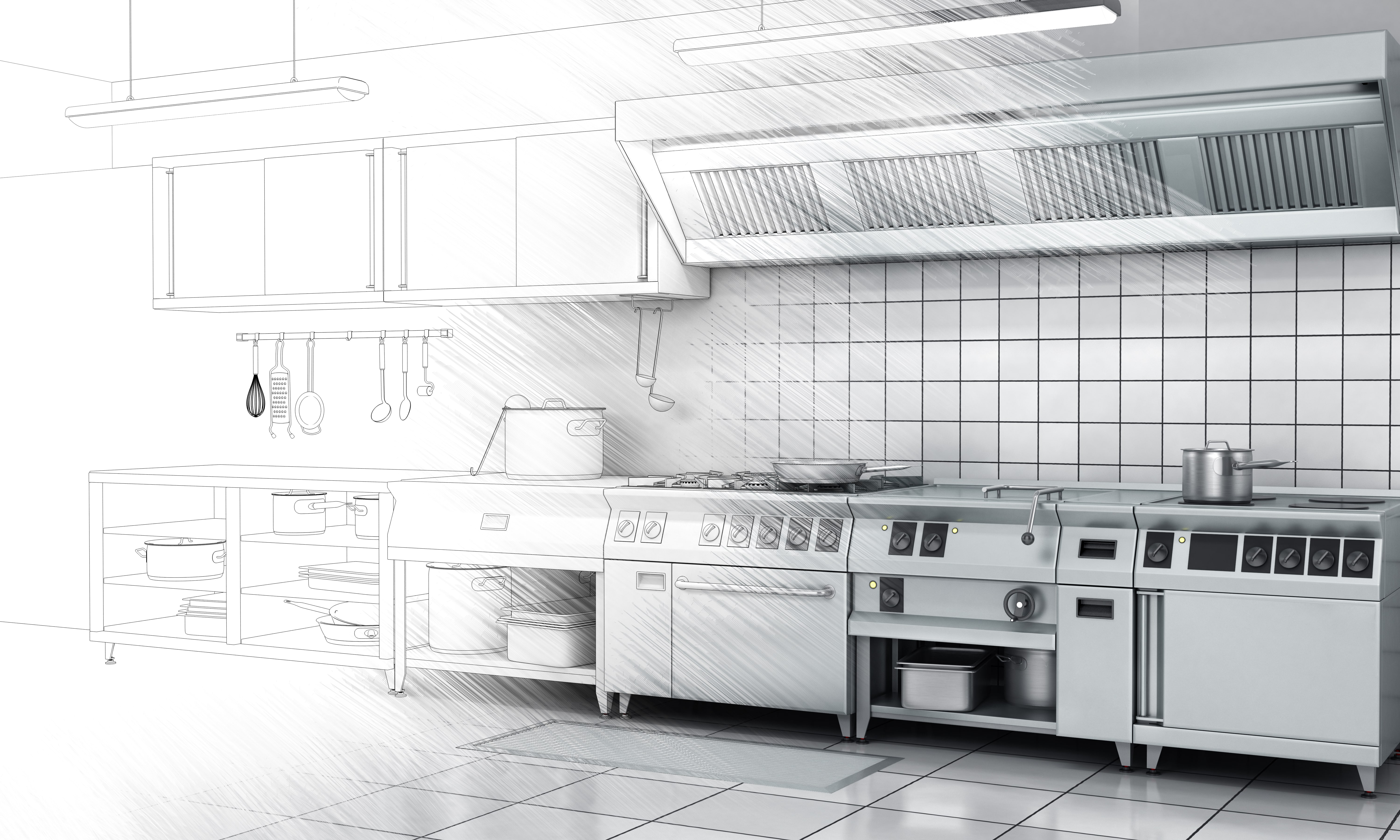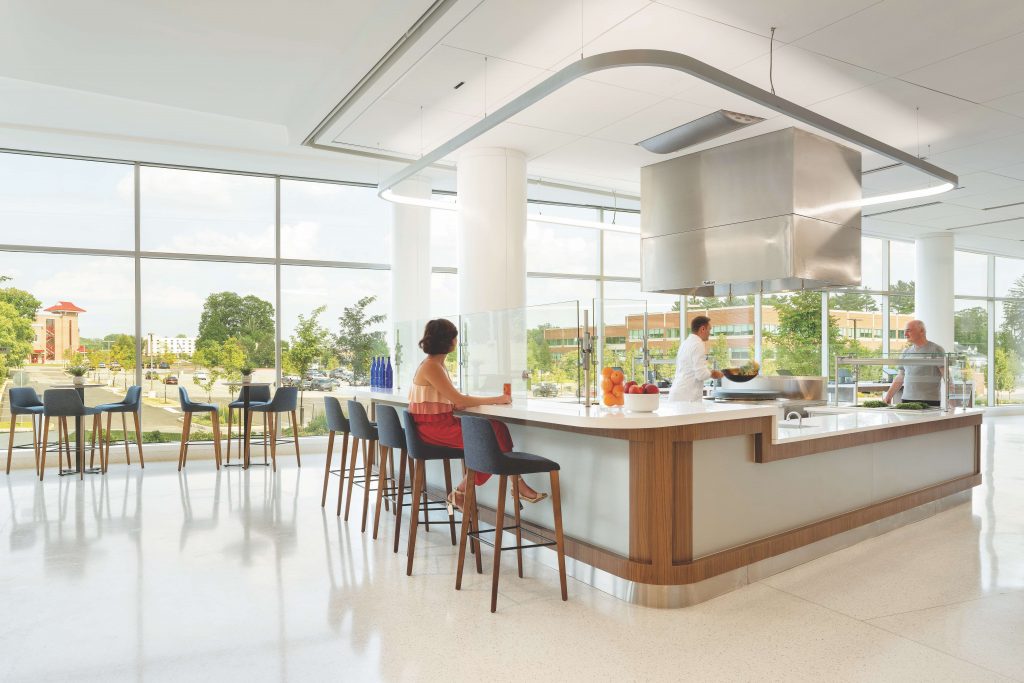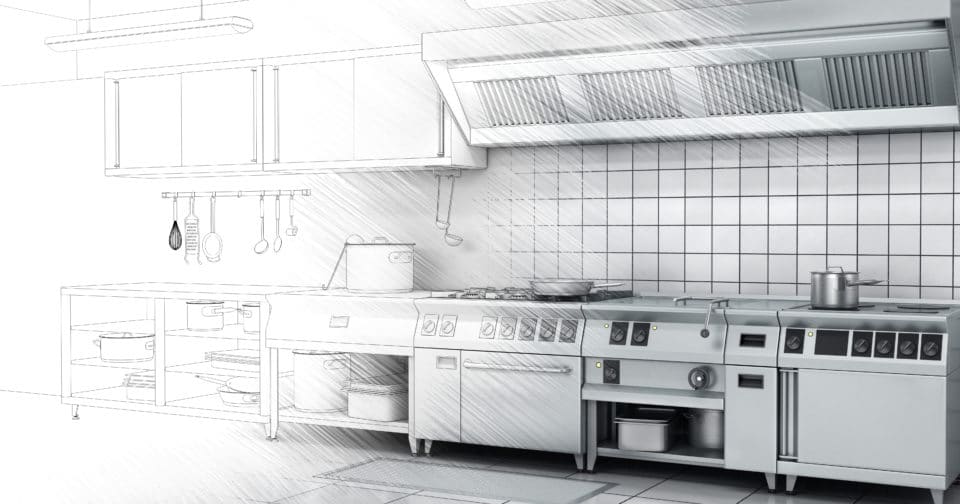
“It’s very easy to be different, but very difficult to be better” – Sir Jonathan Ive, former chief design officer, Apple Inc.,
Dieter Rams is one of the foremost industrial designers of the 20th century. Born in Germany in 1932 he was head of design at Braun from 1961 to 1995 and designed some of the most iconic products that inform many of today’s product designs. In the late 1970’s he became concerned that the world around him was becoming, “An impenetrable confusion of forms, colours and noises”.
Because as a designer he was aware that he was also contributing to that world, he asked the obvious question of his own designs: ‘is my design good design?’ It is a question that all foodservice designers should periodically ask themselves.
To answer the question, Rams formed 10 principles for good design, which work equally as well for foodservice design and the design of appliances and equipment used in the commercial environment as for the design of furniture, buildings or even neighbourhoods. It is a useful guide to designers for their own work as well as evaluating equipment or systems for use in their designs.
1. Good design is innovative
Innovation is essential for progress, problem solving and changing circumstances. Equipment and suppliers to the foodservice industry provide the technological advances that enable the foodservice designer to innovate. But innovative design made possible through developments in innovative technology should never be an end in itself or the sole reason for change.
2. Good design makes a product useful
The product, be it an item of equipment or the complete facility should not only recognise its function but also psychological and aesthetic purpose. It may seem obvious to state but the sole purpose of a design is to be useful. Clarity of the design application will ensure that it can be operated efficiently and safely. Anything that could detract from the usefulness should be disregarded as confusion.
3. Good design is aesthetic
The aesthetic quality of the design is integral to its usefulness because being used and experienced every day it can affect the users well-being. With the commercial kitchen made up of a mass of components from different manufacturers, it is essential the individual items are well executed and deigned to blend seamlessly with the whole.
4. Good design makes a product understandable
How an item of equipment or even a complete kitchen is designed to work should be clear through its visible structure and form and should need little or no explanation to be understood by an experienced operator. People react positively when things are clear and understandable.
5. Good design is unobtrusive
The design of a facility and the equipment has the sole purpose of fulfilling its function. There should be no unnecessary decorative purpose and the design be neutral to leave room for the users own expression, interpretation and application.
6. Good design is honest
The design should never make the facility or equipment item appear more useful, innovative or valuable than it really is. The purpose of the design should never be to manipulate the user with a promise that cannot be kept.
7. Good design is long-lasting
The commercial kitchen can be an extremely hard working environment and the equipment and installation has to be capable of meeting the user’s requirements and expectations over the life of the facility. Commercial kitchen equipment should never be designed for a conscious obsolescence.
8. Good design is through to the last detail
It is the details that separate a good design and designer from the average. There is no place for the arbitrary or incomplete in the design of all aspects of a commercial catering facility. Care and accuracy in the design process show respect towards all stakeholders.
9. Good design is environmentally friendly
Design can make an important contribution to the environment through the elimination of contamination and waste. The facilities and equipment should be designed to conserve resources and minimise physical and visual pollution through the lifecycle of the facility. Recycling is what happens when you fail to reuse and is of less importance than the potential for repurposing of plant and equipment at the end of its useful life.
10. Good design is as little design as possible
“Less is more” is the mantra of good design because it concentrates on the essential requirements and avoids non-essentials that can confuse and even compromise all the positive aspects of the design.
And an extra one: 11. Good design is supported by good service
As an addition to the Rams’ 10 principles of good design, for a consultancy as well as a manufacturer and supplier, good design will mean nothing without delivering a good service through the project lifecycle from concept to completion. The provision of expert timely advice and support to the stakeholders is an essential part of delivering good design.
Tim Smallwood FFCSI




